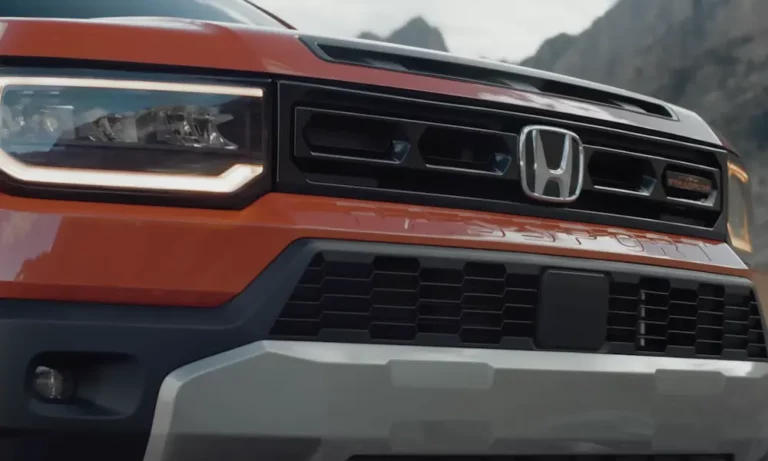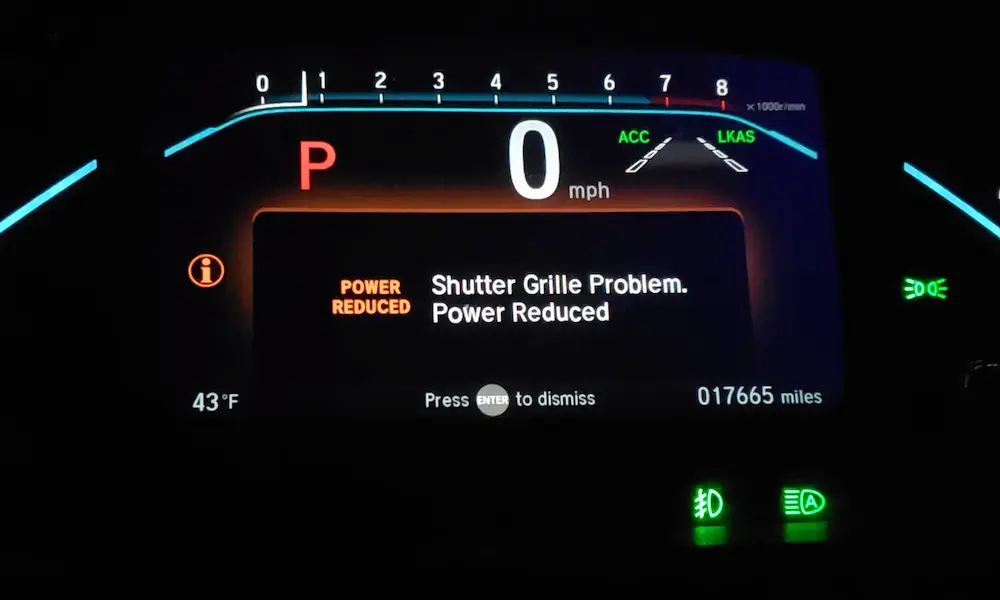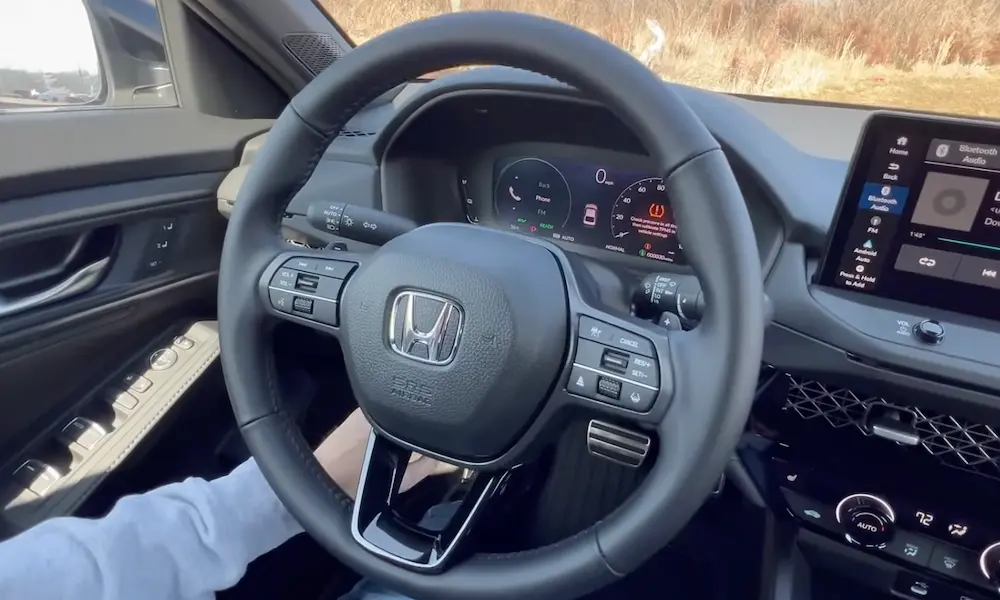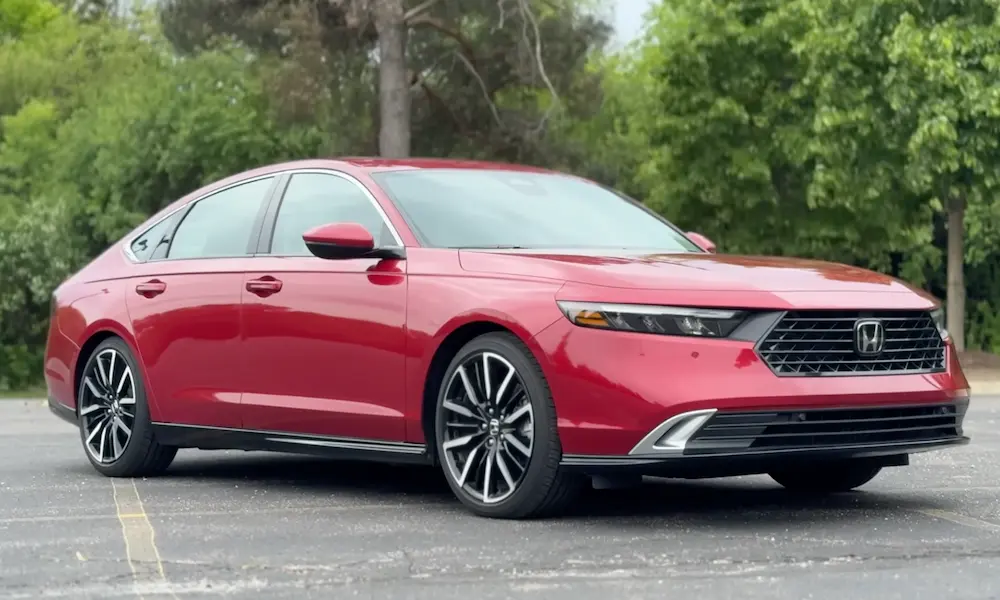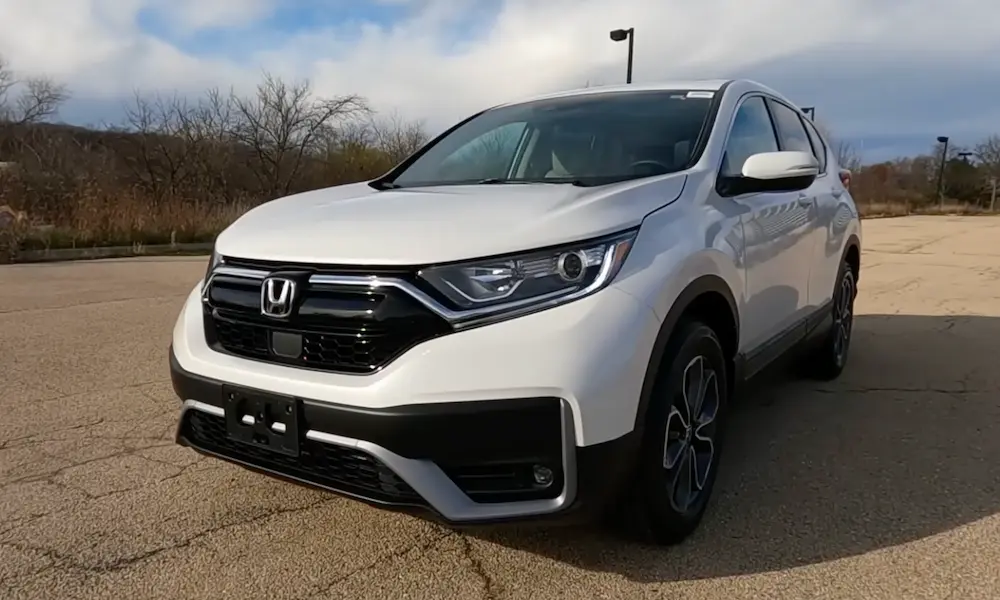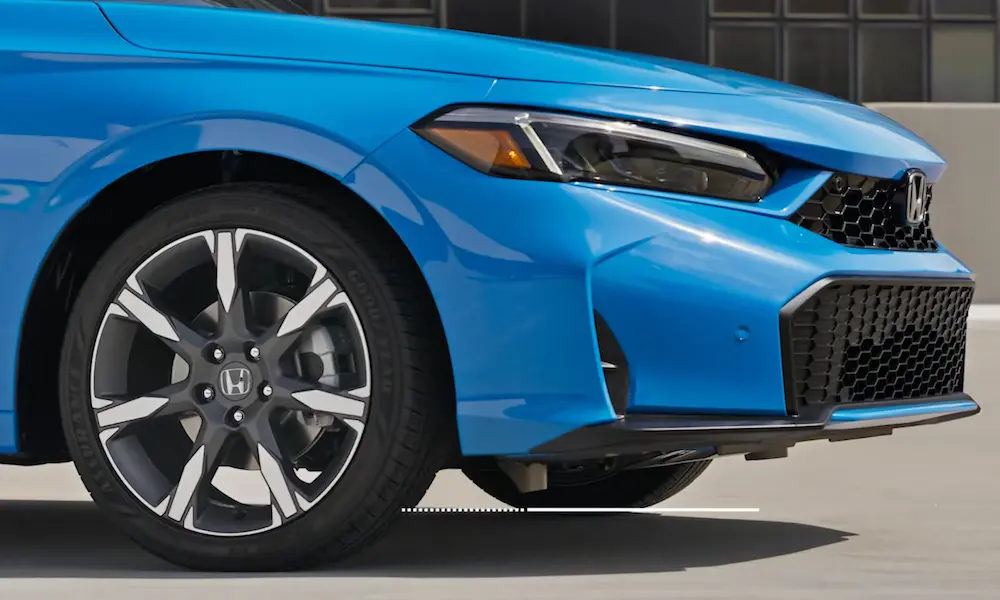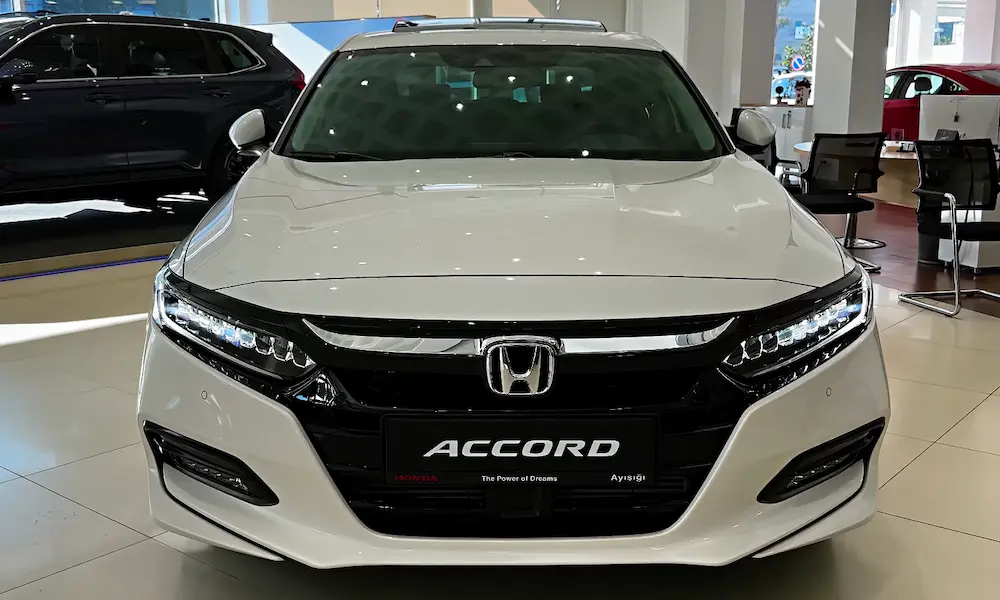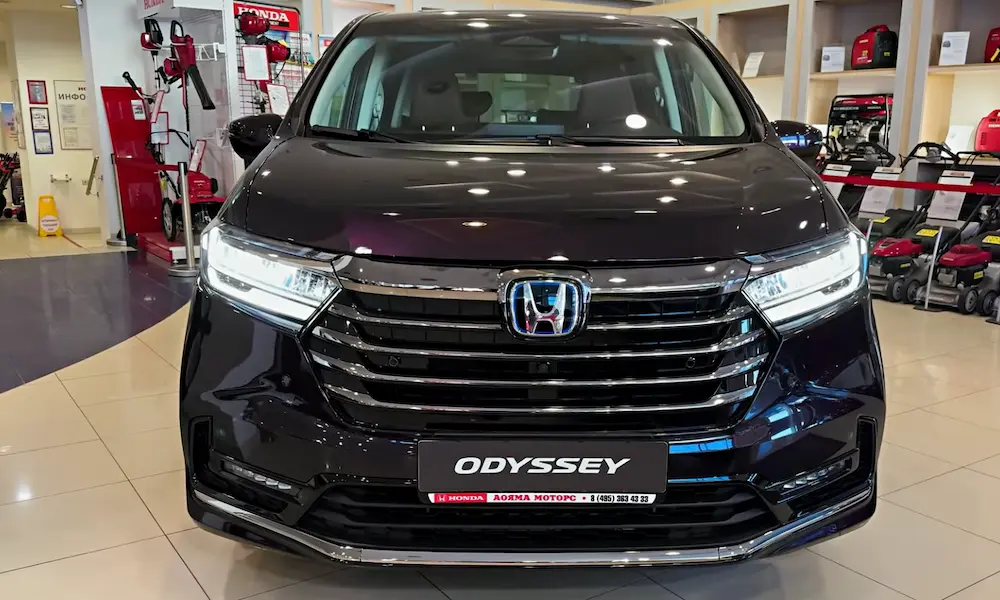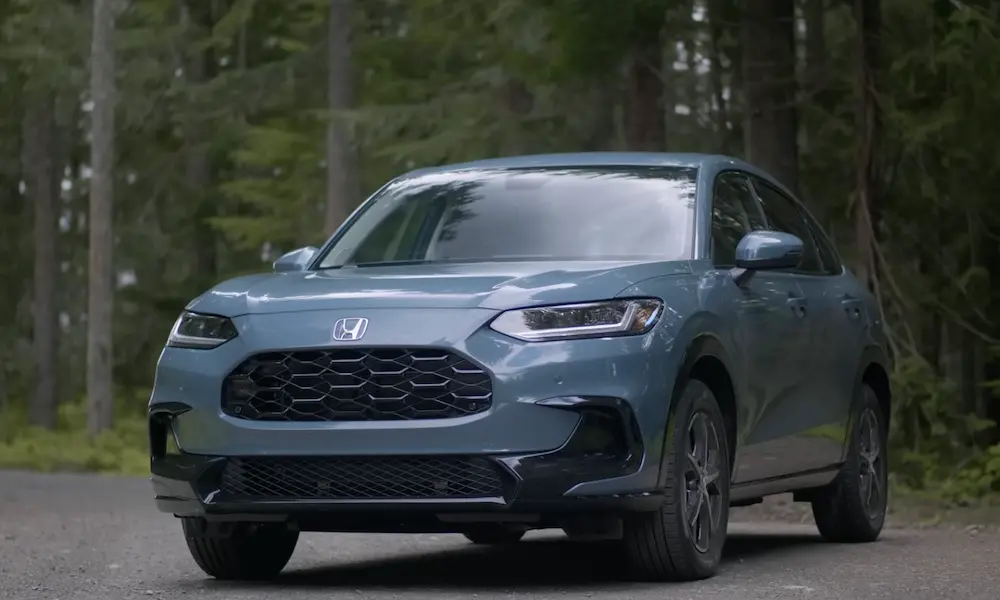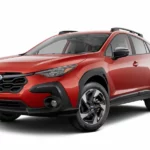Ever wondered why that repair you thought should be covered ended up costing you hundreds of dollars? Honda’s warranty program offers solid protection, but there are significant exclusions that can catch owners by surprise. Understanding what’s not covered by Honda warranty can save you from unexpected expenses and help you maintain your vehicle properly.
Normal Wear and Tear Items
When you drive your Honda off the lot, certain parts are already on a countdown to replacement—and Honda knows it.
Brake Components
Your brake pads, rotors, and shoes face friction every time you tap that pedal. Honda considers these parts “expendable” and excludes them from warranty coverage. The lifespan of these components varies wildly based on your driving habits—heavy brakers might need replacements in as little as 20,000 miles, while gentler drivers might get 70,000 miles or more.
Even if your brakes wear out within your warranty period, you’ll be paying for replacements out-of-pocket unless there’s a proven manufacturing defect.
Suspension Components
Shock absorbers and struts help provide that smooth Honda ride, but they’re also subject to significant stress. When they eventually fail, Honda typically won’t cover them under warranty if the damage is deemed normal wear. This has been a point of contention for some owners, as evidenced by a Reddit user who reported warranty denial for shock absorber coverage after getting repairs outside the dealership network.
Tires and Wipers
Your tires and wiper blades face constant friction and environmental exposure. Honda excludes both from warranty coverage:
- Tires: Usually covered separately by the tire manufacturer, not Honda
- Wiper blades: Expected to be replaced regularly as maintenance items
Interior and Exterior Wear
That faded upholstery or worn carpet? Not covered. Honda’s warranty doesn’t extend to:
- Seat covers and upholstery wear
- Floor mat degradation
- Paint fading from sun exposure
- Chrome trim corrosion
- Windshield damage from road debris
Damage From Improper Maintenance
Honda’s warranty comes with strings attached—specifically, that you’ll properly maintain your vehicle.
Missed Service Intervals
Skip oil changes at your own risk—literally. Honda’s warranty documentation explicitly excludes damage resulting from missed maintenance. Common scenarios include:
- Engine damage from infrequent oil changes
- Sludge buildup (a particularly expensive problem)
- Cooling system failures from neglected coolant exchanges
- Timing belt failures (which can destroy your engine)
Non-Honda Parts and Fluids
That bargain oil filter might save you $5 now but could cost thousands later. Honda can deny warranty claims if:
- You use non-approved oil or transmission fluid
- You install aftermarket air or fuel filters
- Your maintenance uses non-genuine Honda parts for critical components
| Honda-Approved Parts | Aftermarket Alternatives | Warranty Impact |
|---|---|---|
| Honda-branded oil filter | Aftermarket filter | May void warranty for related engine issues |
| Honda transmission fluid | Generic transmission fluid | Potential denial of transmission claims |
| Genuine Honda brake components | Third-party brake parts | Could nullify brake system warranty |
| Honda air filter | Performance air filter | Possible engine warranty exclusions |
DIY or Independent Shop Repairs
While the Magnuson-Moss Warranty Act protects your right to have maintenance performed outside the dealership, improper repairs can still void your warranty. Honda requires that all repairs be performed to manufacturer standards, and inadequate work could leave you without coverage.
Environmental and External Damage
Mother Nature doesn’t care about your warranty—and neither does Honda when it comes to environmental damage.
Weather-Related Damage
Honda’s warranty won’t cover:
- Flood damage to electrical components or engine
- Hail damage to body panels or glass
- Lightning strikes affecting electronics
- Salt corrosion from coastal areas or road treatments
Accident and Vandalism Damage
That fender bender? It’s between you and your insurance company. Honda’s warranty explicitly excludes:
- Collision damage to any component
- Broken windows from theft attempts
- Scratched paint from vandalism
- Stolen parts or accessories
Animal and Pest Damage
Rodents seem particularly fond of Honda’s soy-based wire insulation, but you won’t find sympathy in the warranty department:
- Wiring chewed by mice or rats
- Nest damage to HVAC systems
- Insect infestations in cabin areas
Modified and Altered Vehicles
That cool aftermarket upgrade might cost you more than you think if it leads to component failure.
Performance Modifications
Honda engineers designed your vehicle’s systems to work within specific parameters. When you modify them, all bets are off:
- Turbochargers or superchargers (even bolt-on kits)
- Engine computer reprogramming or “chipping”
- Non-standard exhaust systems that alter back pressure
- Cold air intakes that change air/fuel ratios
These modifications can strain your engine, transmission, or electrical system beyond designed tolerances, and Honda’s warranty excludes any resulting failures.
Body and Suspension Alterations
Changing your Honda’s height, weight distribution, or aerodynamics can lead to premature failures:
- Lowering springs or lift kits
- Body kits that alter airflow
- Oversized wheels that affect steering geometry
- Roof racks or permanent exterior attachments
Non-Honda Accessories
Even seemingly innocent accessories can cause problems if they’re not Honda-approved:
- Aftermarket lighting systems that draw excessive power
- Non-standard audio equipment that strains the electrical system
- Third-party remote starters that interface with vehicle security
Cosmetic Issues
Honda draws a clear line between functional failures and appearance changes.
Paint and Surface Rust
Your Honda’s shiny finish doesn’t stay perfect forever, and the warranty doesn’t help with:
- Paint chips from road debris
- Surface rust from scratches
- Clear coat deterioration
- UV fading and discoloration
It’s worth noting that Honda does offer a separate perforation warranty (typically 5 years) that covers rust-through from the inside out, but surface rust is excluded.
Interior Deterioration
That cracked dashboard or faded seat fabric? These cosmetic deteriorations fall outside warranty protection:
- Sun-damaged interior surfaces
- Stained or discolored upholstery
- Worn steering wheel material
- Scratched trim or console surfaces
Misuse and Racing
Honda builds reliable vehicles, but they’re not designed for extreme duty or competition.
Competition and Track Use
Taking your Civic to the track? Any resulting damage isn’t Honda’s problem:
- Engine failures from high-RPM operation
- Transmission damage from aggressive shifting
- Suspension failures from hard cornering
- Brake system damage from extreme heat
Even weekend autocross events can potentially void warranty coverage for affected components.
Towing and Overloading
Exceed your Honda’s capacity limits and you’re on your own:
- Transmission damage from towing beyond rated capacity
- Suspension failures from excessive payload
- Frame stress from improper weight distribution
- Engine overheating from extreme duty cycles
Always check your owner’s manual for specific capacity limits—they’re typically lower than you might expect, especially for smaller Honda models.
Regular Maintenance Services
The warranty covers defects, not upkeep—and the line between them isn’t always clear.
Routine Fluid Changes
These regular maintenance items are always your responsibility:
- Oil and filter changes
- Coolant flushes and replacements
- Transmission fluid services
- Brake fluid exchanges
- Power steering fluid top-offs
Tune-Ups and Adjustments
The warranty also excludes normal adjustments:
- Wheel alignments (even if they seem premature)
- Headlight aim adjustments
- Engine idle speed corrections
- Belt tension adjustments
- Door and window alignments
Emissions Systems Limitations
While emissions components enjoy longer warranty coverage (typically 8 years/80,000 miles for major components), there are still exclusions:
Damage From Contaminated Fuel
Bad gas happens, but Honda doesn’t cover the consequences:
- Clogged fuel injectors from low-quality fuel
- Damaged catalytic converters from leaded or contaminated gas
- Oxygen sensor failures from fuel additives
Tampering With Emissions Equipment
Removing or modifying emissions components not only violates federal law but also voids warranty coverage:
- Removing catalytic converters
- Disabling EGR systems
- Modifying evaporative emission controls
- Tampering with oxygen sensors
Electronics and Infotainment Exclusions
Modern Hondas are rolling computers, but not all electrical issues qualify for warranty coverage.
Software Issues
Some electronic quirks fall into gray areas:
- Minor infotainment glitches that don’t affect functionality
- Bluetooth pairing difficulties with certain devices
- Navigation system map inaccuracies
- Voice recognition performance issues
Battery Degradation
Your Honda’s battery has a limited lifespan by design:
- Normal capacity loss over time
- Reduced range in hybrid or electric models
- Starting performance in extreme temperatures
Most Honda batteries carry separate, shorter warranty periods (typically 3 years/36,000 miles), with pro-rated coverage afterward.
How to Protect Yourself
Given these extensive exclusions, how can you avoid unexpected costs?
Maintain Meticulous Records
Keep detailed documentation of all maintenance:
- Save all service receipts, even for minor work
- Follow the maintenance schedule in your owner’s manual
- Use the Honda Maintenance Minder system if equipped
- Document any discussions with service advisors about warranty concerns
Consider Honda Care
Honda’s extended warranty program, Honda Care, can provide additional protection:
- Extends coverage beyond the standard warranty
- May cover some wear items
- Offers roadside assistance and rental car benefits
- Can be purchased any time before the original warranty expires
Be Wary of Modifications
If you love personalizing your vehicle, proceed with caution:
- Choose Honda Genuine Accessories when possible
- Research aftermarket parts thoroughly
- Consider removable modifications that won’t permanently alter systems
- Keep original parts to reinstall if warranty work is needed
The Bottom Line
Honda’s warranty provides valuable protection against manufacturing defects, but it’s far from comprehensive. Understanding what’s not covered by Honda warranty helps you make informed maintenance decisions and budget appropriately for inevitable repairs.
The best protection? Regular maintenance with quality parts, conservative driving habits, and realistic expectations about what constitutes a defect versus normal wear. Your Honda will likely serve you well for many years—just don’t expect the warranty to cover everything along the way.

